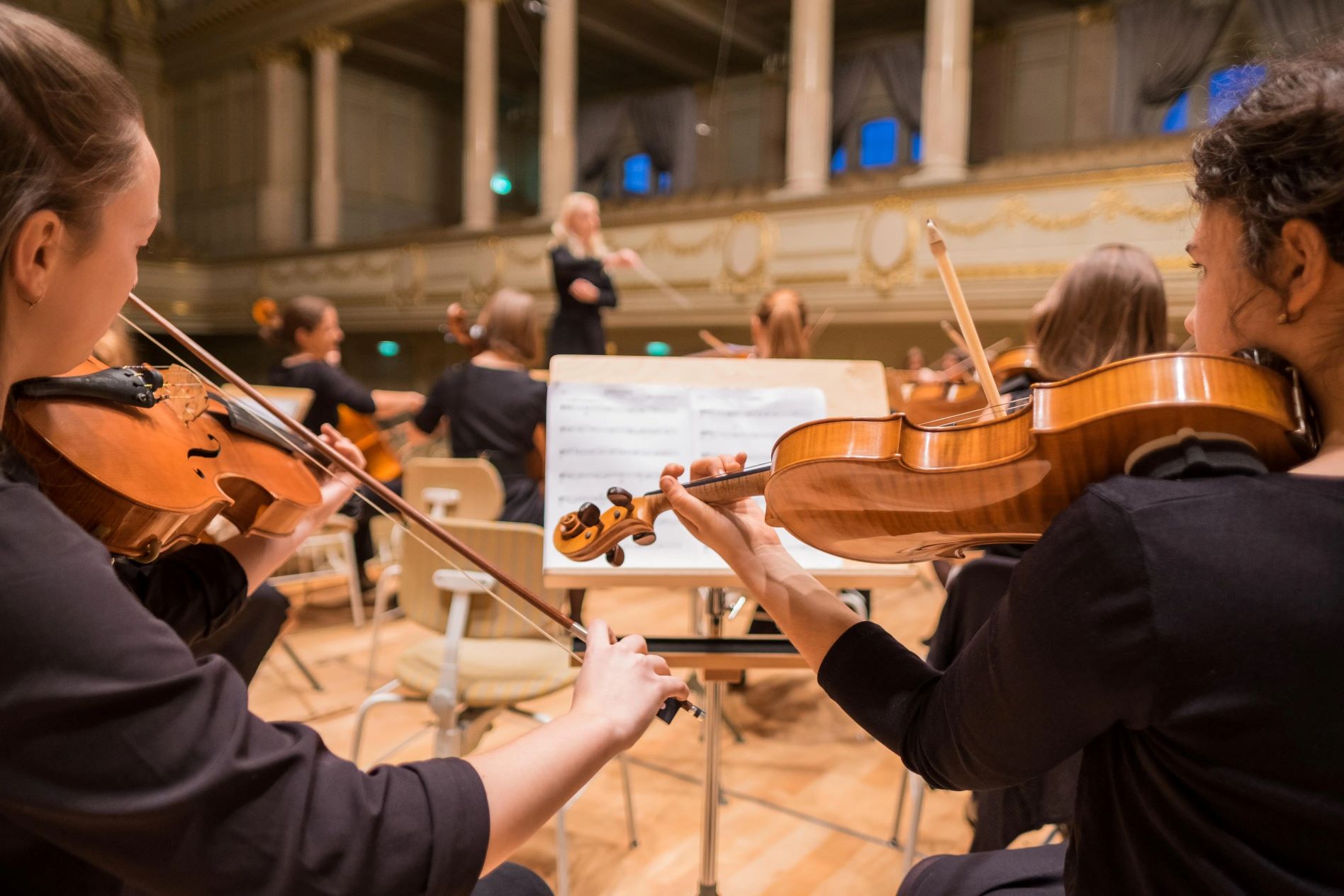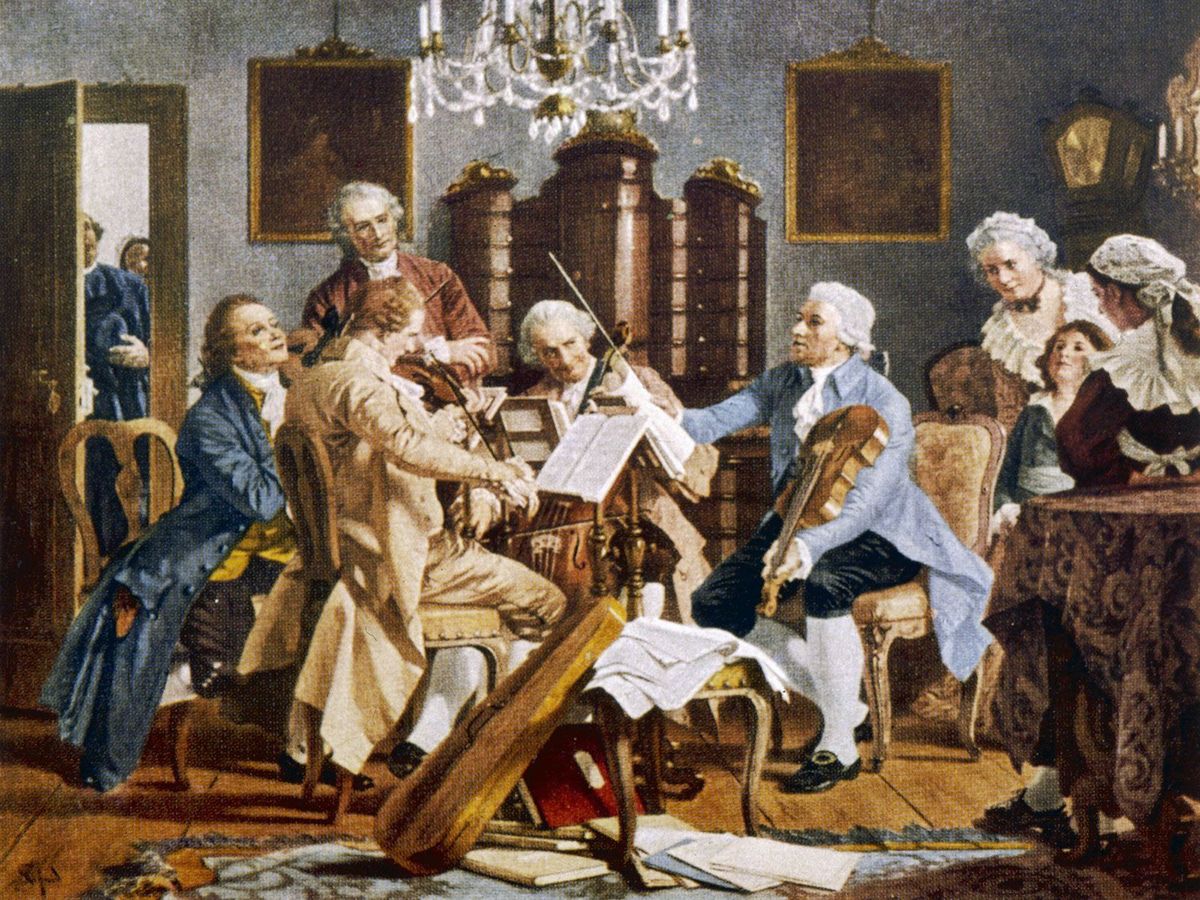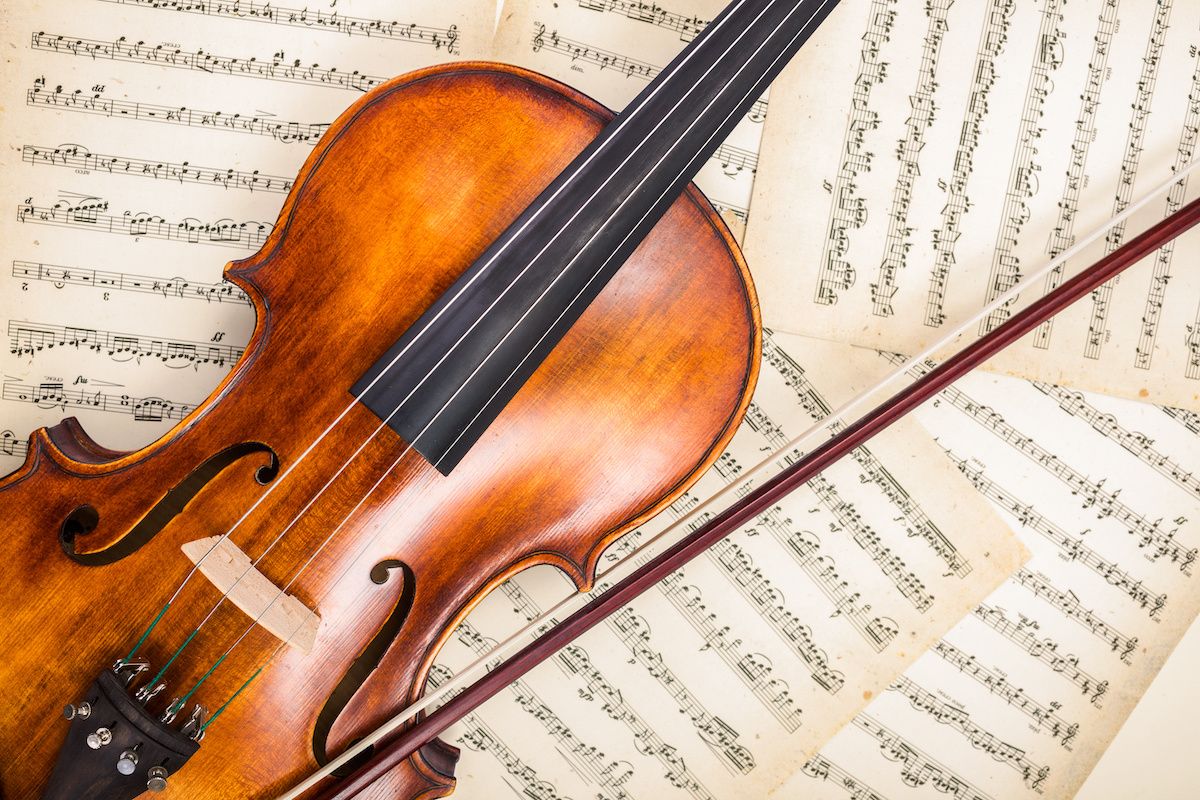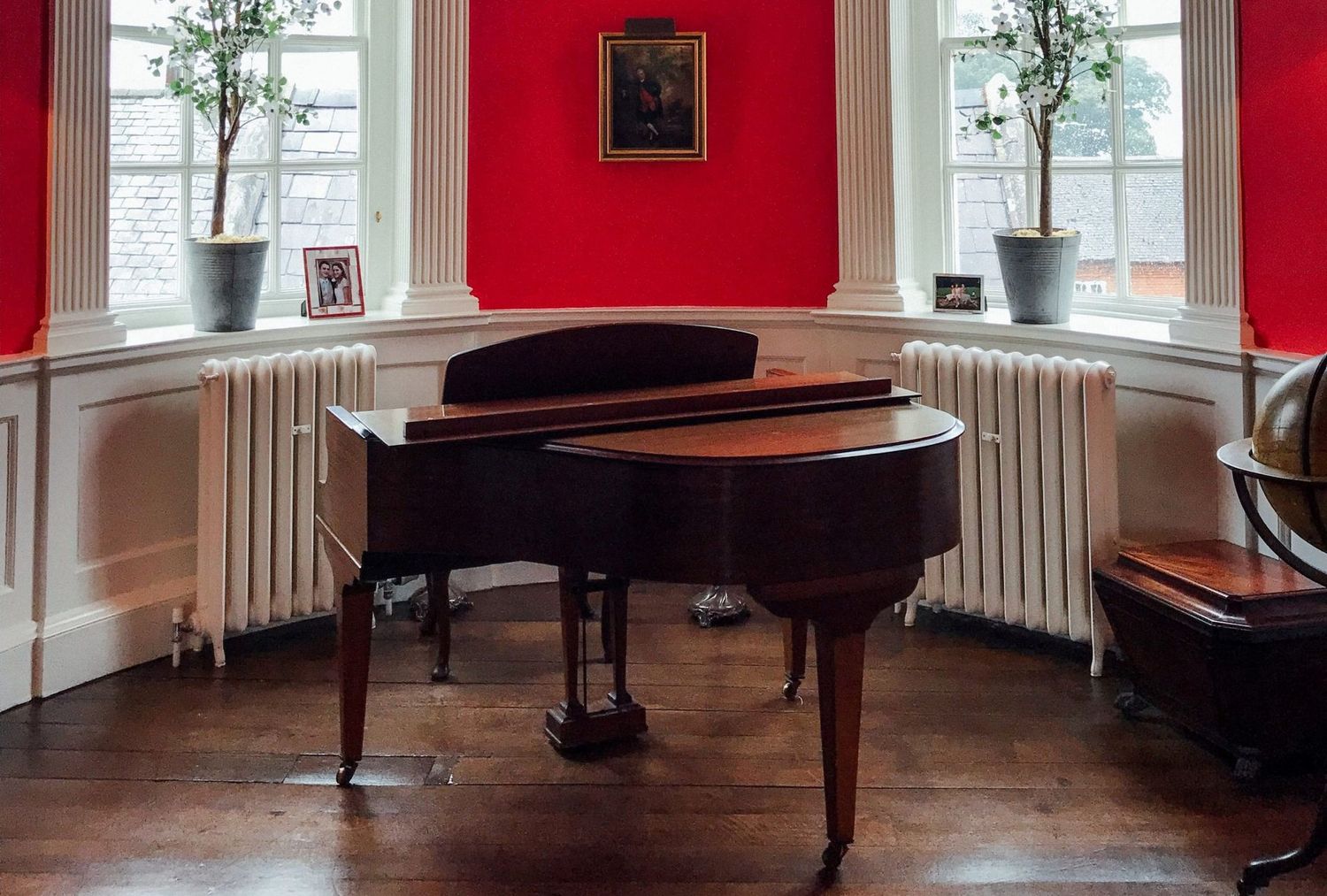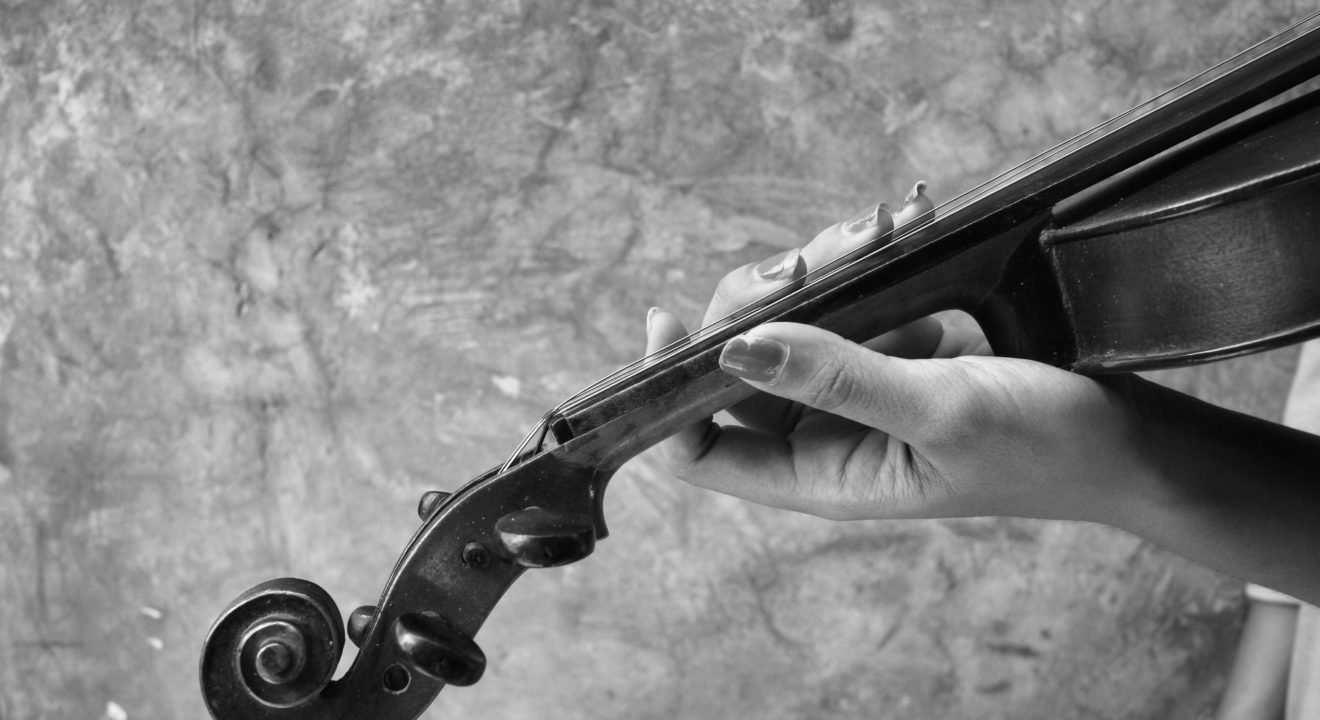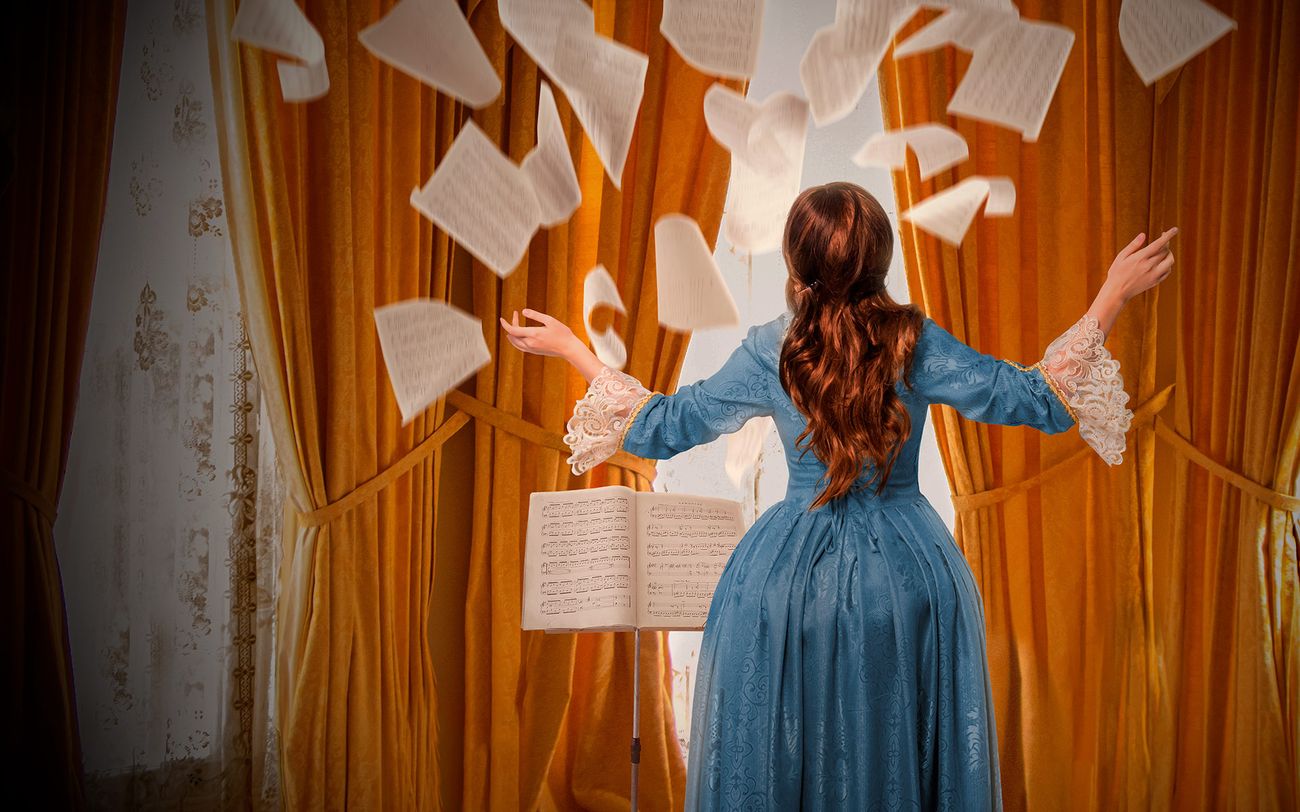Home>Events & Info>Music History>In Which Period Of Music History Would You Not Find A Dynamic Marking Of Pppp?
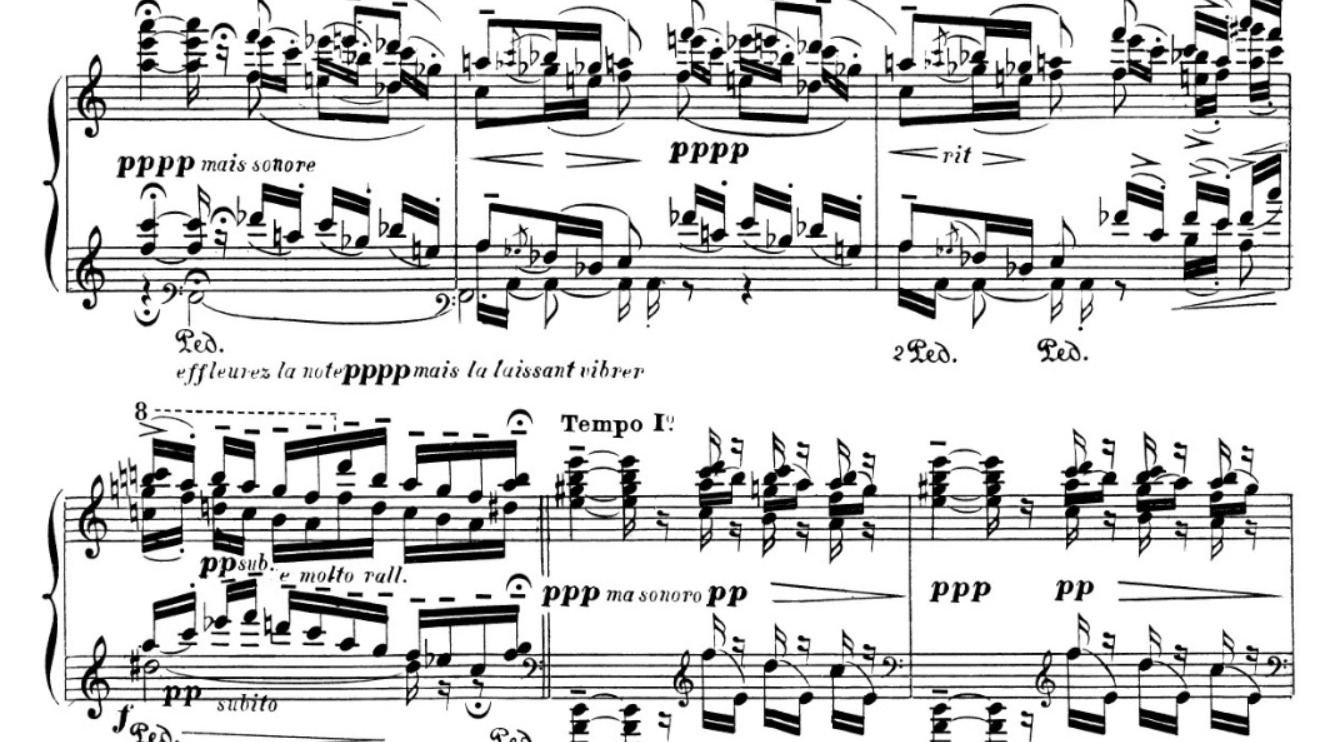

Music History
In Which Period Of Music History Would You Not Find A Dynamic Marking Of Pppp?
Published: December 27, 2023
Discover the fascinating periods of music history where you won't find a dynamic marking of pppp. Explore the evolution of music throughout history.
(Many of the links in this article redirect to a specific reviewed product. Your purchase of these products through affiliate links helps to generate commission for AudioLover.com, at no extra cost. Learn more)
Table of Contents
Introduction
Music history is a fascinating journey through different periods and styles, showcasing the evolution of human expression and creativity. From the grandeur of the Baroque era to the emotional intensity of the Romantic period and the experimental innovations of the 20th century, each period has left its mark on the musical landscape.
One interesting aspect of music history is the use of dynamic markings, which indicate the volume or intensity of a musical passage. These markings range from the softest, such as pianissimo (pp), to the loudest, fortissimo (ff). However, there is one dynamic marking that is rarely encountered in music history: pppp.
Dynamic markings are crucial for musicians to interpret and perform a piece accurately. They provide guidance on the desired expression and intensity, allowing the music to stir emotions and captivate listeners. While dynamic markings like pp, p, f, and ff are commonly found in various periods of music history, the extreme dynamic of pppp is seldom used. But why is that? Let’s explore the different periods of music history to find out where this ultra-soft dynamic marking is absent.
Baroque Period
The Baroque period, spanning roughly from the late 16th century to the early 18th century, was characterized by elaborate compositions and ornate musical styles. It was a time of great innovation and experimentation in music, with composers like Johann Sebastian Bach and George Frideric Handel pushing the boundaries of composition.
During the Baroque period, dynamic markings were not as standardized as they would later become. Composers relied more on the use of expressive terms to indicate the desired intensity of a musical passage. For example, terms like “piano” (soft) and “forte” (loud) were commonly used, but the more extreme dynamic of pppp was not yet part of the musical vocabulary.
One reason for the absence of pppp during the Baroque period can be attributed to the limitations of the instruments of the time. The harpsichord, a popular keyboard instrument during this era, had limited dynamic range compared to the modern piano. It was incapable of producing extremely soft and delicate sounds, making the need for an ultra-soft dynamic marking like pppp unnecessary.
Additionally, the musical style of the Baroque period prioritized boldness and grandeur. Compositions often featured intricate counterpoint and rich ornamentation, demanding a certain level of volume and intensity. While softer dynamics were certainly explored, they were more likely to be indicated by terms like “piano” or through other expressive indications rather than through specific dynamic markings.
Overall, the Baroque period laid the foundation for future developments in music, but the use of pppp was not yet commonplace. It would take the emergence of the Classical period for dynamic markings to be more standardized and for the extremities of dynamics to be fully explored.
Classical Period
The Classical period, which spanned from the mid-18th century to the early 19th century, marked a shift in the musical landscape. Composers like Wolfgang Amadeus Mozart and Ludwig van Beethoven emerged during this time, bringing forth a new sense of structure, form, and balance in their compositions.
During the Classical period, dynamic markings became more standardized, allowing for greater precision in conveying the composer’s intentions. While the range of dynamics expanded, with markings like pp and ff becoming more prevalent, the extreme dynamic of pppp was still not commonly found in compositions.
One reason for this could be the emergence of the fortepiano, a precursor to the modern piano. Unlike the harpsichord of the Baroque era, the fortepiano had a wider dynamic range, enabling composers to explore softer and more nuanced expressions. However, even with this improved instrument, the need for an extreme dynamic like pppp was not yet a common practice.
The musical style of the Classical period focused more on balance and clarity, with a preference for controlled and controlled expression. Composers sought to create compositions that were both emotional and accessible to a wider audience. While dynamics played an important role in achieving this balance, extreme dynamics like pppp were not deemed necessary to convey the desired emotions.
That said, there are instances where composers of the Classical period did incorporate very soft dynamics in their compositions, but they would typically use more moderate markings like pp or p rather than the extreme pppp. The emphasis was on achieving a subtler and controlled softness, rather than pushing the boundaries of soft dynamics to the extreme.
While the Classical period brought about advancements in dynamic markings, including the widespread use of pp and ff, the extreme dynamic of pppp remained relatively uncommon. It would take the Romantic period for composers to fully explore the extremes of dynamic intensity.
Romantic Period
The Romantic period, spanning from the early 19th century to the early 20th century, was a time of heightened emotions, passion, and individual expression in music. Composers such as Frédéric Chopin, Franz Schubert, and Richard Wagner sought to evoke deep emotions and create powerful musical experiences.
During the Romantic period, there was a significant shift in the use of dynamics in music. Composers began to explore extreme dynamics and push the limits of expressive range. This was evident in the expansion of dynamic markings, with the inclusion of markings like pppp becoming more prevalent.
The emphasis on expressing intense emotions in Romantic compositions led to the increased use of extreme dynamics. Composers wanted to create moments of stark contrast, where the music could range from gentle whispers to thunderous climaxes. The use of pppp allowed for a profound sense of intimacy and vulnerability in the softest passages, providing a stark contrast to the powerful and passionate moments.
One notable example of the use of pppp can be found in Frédéric Chopin’s Nocturnes. These beautiful and introspective piano pieces often feature delicate and intimate passages marked with pppp, creating an ethereal and captivating atmosphere.
Another reason for the emergence of pppp in the Romantic period can be attributed to advancements in instrument technology. Innovations in piano construction during this time period resulted in instruments with a greater dynamic range, capable of producing softer and more nuanced sounds. This allowed composers to explore extreme dynamics with more precision and control.
The Romantic period was a fertile ground for the exploration of extreme dynamics, including pppp. Composers embraced the full spectrum of emotional expression, utilizing the softest of dynamics to convey vulnerability, tenderness, and intimacy in their compositions.
While the use of pppp was more common during the Romantic period, it is worth noting that it was not a universal practice. Its usage varied among different composers and compositions. Some works embraced the extreme softness of pppp, while others preferred more moderate soft dynamics, such as pp or p.
The Romantic period was a time of great creativity and emotional intensity in music, allowing for the exploration of extreme dynamics like pppp as a means to engage and connect with the listener on a deep emotional level.
20th Century and Contemporary Music
The 20th century brought about a wave of innovation and experimentation in music. Composers broke free from traditional conventions and explored new sounds, techniques, and ideas. As a result, the use of dynamics became even more varied and unconventional.
In the realm of 20th century and contemporary music, the extreme dynamic marking of pppp is occasionally encountered but remains relatively rare. Composers during this period often sought to push the boundaries of traditional musical language and challenge the listener’s expectations by incorporating unconventional approaches to dynamics.
One reason for the limited use of pppp in 20th century and contemporary music is the focus on exploring a wide range of dynamic contrasts rather than extreme softness alone. Composers frequently experimented with sudden shifts between extreme dynamics, such as going from fortissimo to pianissimo within a short span of time. The goal was to create a sense of tension and surprise, showcasing the full spectrum of dynamic expression.
Additionally, the advent of electronic instruments and the incorporation of technology in music during the 20th century provided composers with new possibilities for shaping dynamics. With the ability to manipulate sound electronically, composers could achieve extremely soft passages without necessarily relying on a specific dynamic marking like pppp.
The exploration of extended techniques and unconventional notations also contributed to the expansion of dynamic possibilities in 20th century and contemporary music. Composers began to experiment with graphic notations or alternative symbols to convey specific performance instructions, including nuanced variations of soft dynamics.
While pppp may not be commonly found, composers in this period often indicated their desired dynamics through precise instructions, such as “barely audible” or “whisper-like.” This allowed performers to interpret and execute the music in a way that captured the intended expression, even without the use of an explicit dynamic marking.
Overall, the 20th century and contemporary music showcase a wide range of dynamic innovations and unconventional practices. While pppp is occasionally encountered, composers tend to favor a diverse array of dynamic contrasts and non-traditional approaches, further expanding the expressive possibilities in their compositions.
Conclusion
Throughout the various periods of music history, from the Baroque era to the 20th century and contemporary music, we have seen the evolution and exploration of dynamics in composition. While the extreme dynamic marking of pppp is rarely encountered, each period has contributed to the development and understanding of dynamics in its own unique way.
The absence of pppp in the Baroque and Classical periods can be attributed to a combination of factors, including the limitations of the instruments of the time and the stylistic preferences of the composers. The focus was more on expressive terms and controlled softness, rather than the extreme soft dynamic marking of pppp.
The Romantic period marked a turning point in the use of dynamics, where composers embraced extreme dynamics to evoke powerful emotions and create moments of contrast. The inclusion of pppp in compositions allowed for moments of delicate intimacy and vulnerability, enabling composers to explore the full range of expressive possibilities.
In the 20th century and contemporary music, the exploration of dynamics took on a more experimental and unconventional approach. Composers sought to challenge traditional conventions and push the boundaries of dynamic expression. While pppp is less common, the use of precise instructions and alternative notations allowed for nuanced variations of soft dynamics.
In conclusion, the dynamic markings in music history have evolved and adapted to the artistic needs and preferences of each period. While the extreme soft dynamic marking of pppp may be rare, the exploration and understanding of dynamics continue to shape and enrich the musical landscape. As listeners, we are fortunate to experience the wide range of emotions and expressions that dynamics bring to our musical journey.

